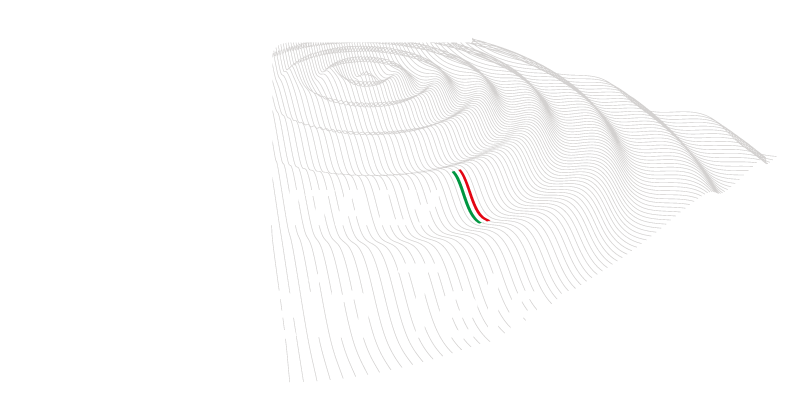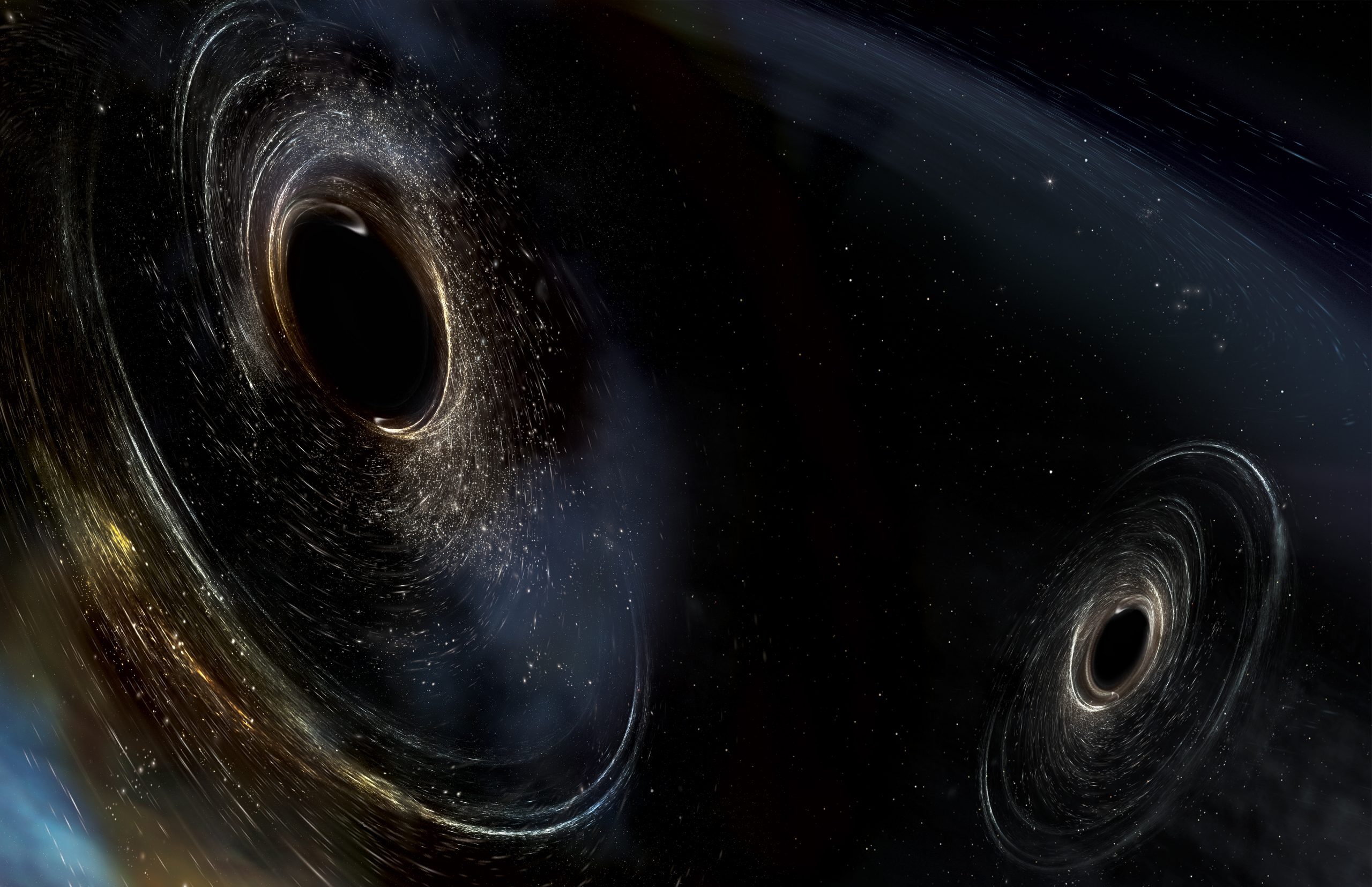A complete guide to navigating the many ambitious scientific challenges of the Einstein Telescope (ET), with an in-depth look at the main data analysis tools: this is the “Blue Book”, a publication of over 500 pages entirely dedicated to the science of ET. Authored by a team of around 500 researchers from the scientific collaboration, it has been available since March 15 on the online platform arXiv.org (where it can be freely consulted) and has been submitted for publication in the specialized journal “Journal of Cosmology and Astroparticle Physics” (JCAP).
The idea for the Blue Book originated within the activities of the Observational Science Board (OSB), the ET collaboration working group dedicated to studying the science of the future gravitational wave observatory. «Once the OSB was established, it was important to immediately set a clear goal that would allow us to develop ET’s science while keeping the scientific community united, especially theorists», emphasizes Michele Maggiore, professor of theoretical physics at the University of Geneva, one of the three coordinators of the board (along with Marica Branchesi and Archisman Ghosh) and the original proposer of the Blue Book. «I therefore proposed creating a comprehensive book on the science of ET, to serve as a reference guide for our collaboration and also be useful for the entire gravitational wave scientific community».
The long writing process, which lasted about four years, involved 312 main authors. Additionally, 176 more researchers, who did not directly participate in the writing but contributed to the ET project’s development over the years, are also listed as signatories of the Blue Book. «It was decided to include this second group of authors as well, to acknowledge their valuable work for ET», Maggiore explains.
The text, which also includes a very extensive bibliography, is organized into 10 chapters, each dedicated to a key topic of ET science. It begins with fundamental physics, showcasing examples of how the future experiment will be able to probe Einstein’s theory of general relativity in yet unexplored regimes, the behavior of black holes, and potential dark matter candidates. The second chapter focuses on ET’s ambitious goals in cosmology, as Maggiore further notes: «ET will investigate both the primordial universe, particularly the production of the so-called stochastic gravitational wave background just after the Big Bang, and the cosmology of the more recent universe through the study of binary coalescences».
The third chapter is dedicated to population studies: ET’s ability to observe a large number of astrophysical events, particularly mergers of black hole and neutron star pairs, will allow scientists to extract general information about the populations of these astrophysical objects throughout cosmic history.
The fourth and fifth chapters focus on two crucial aspects: multi-messenger astronomy and synergies with other gravitational wave research experiments. «With ET, multi-messenger observations, related to events emitting both gravitational and electromagnetic radiation, will become routine, potentially reaching hundreds per year. In the Blue Book, besides surveying future electromagnetic observatories, we also explore what we can learn from these multiple observations», the Italian researcher explains. «At the same time, it will be very important to team up with other next-generation gravitational wave observatories: primarily Cosmic Explorer, the other future ground-based experiment to be built in the United States, but also the space observatory LISA and the Pulsar Timing Array (PTA)».
The sixth chapter deals with nuclear physics, particularly the study of matter under extreme conditions through neutron star observations, while the seventh delves into case studies on other types of astrophysical sources, such as supernovae and rotating neutron stars.
Unlike the previous chapters, which are all dedicated to ET science and source studies, the last three chapters focus more on various aspects of data analysis for the future observatory: specifically, the development of innovative techniques to more easily extract gravitational wave signals from noise, including the use of artificial intelligence and machine learning tools.
The text also contains insights to the expected results based on the two possible ET configurations currently under consideration by the scientific community (a single triangular-shaped instrument or two L-shaped observatories located at separate sites), following a previous study published in 2023 by the same OSB, which focused precisely on this aspect.
«Our hope is that the Blue Book will become, in the coming years, a fundamental reference point for the collaboration, paving the way for the full understanding of the many extraordinary discoveries that the Einstein Telescope will be able to achieve», Maggiore concludes.
(ms)

